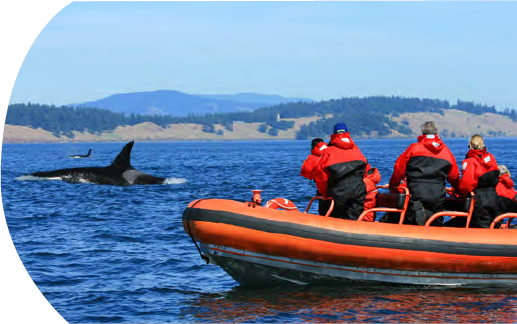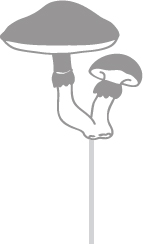 2 WHY IS BIODIVERSITY IMPORTANT?
2 WHY IS BIODIVERSITY IMPORTANT?
Wherever you live, wild creatures, plants, and ecosystems are integral to your well-being, health, nutrition, and way of life. The strong and ancient connections between humans and other living species mean that we cannot really separate ourselves from the ecosystems within which we evolved. Although humans have come to dominate many of Earth’s ecosystems, we still rely on these connections, making conserving and restoring biodiversity a matter of survival.24
Biodiversity Enriches Our Lives
The simple experience of being outdoors and observing the beauty of nature inspires our senses and exposes us to something bigger than ourselves. Throughout human history, connections to nature have been revealed in art, cultural and religious rituals, and the inspiration and comfort these bring. Walking, gardening, swimming, and interacting with pets are all known to be beneficial to human well-being.
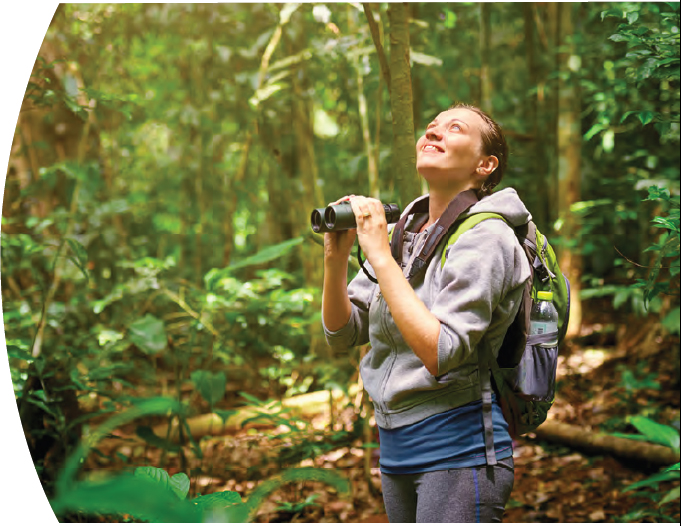
Biodiversity Makes Earth Livable
Humans and all other forms of life exist as parts of ecosystems, which sustain and protect us. The oxygen we breathe has been produced through photosynthesis by plants and phytoplankton in the ocean over many millions of years.25 The life that thrives in rivers, lakes, and streams helps purify these waters.26 Beneath our feet, millions of organisms aerate the soil, store carbon, and decompose plants and animals that have died, releasing the nutrients their bodies contain so they are available to sustain new life.
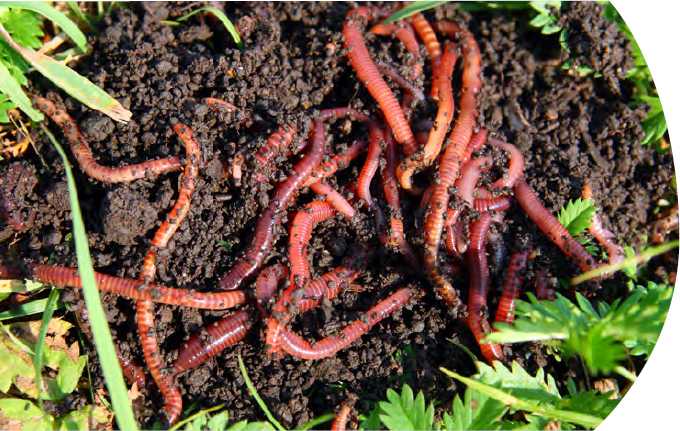
Biodiversity Feeds the Human Population
The cultivation of wild plants and animals is what allowed ancient civilizations to emerge in Asia, Africa, and the Americas. Even as domesticated crops and livestock came to dominate our food systems, we have continued to rely on thousands of species of wild food plants, wild relatives of domesticated crops, and natural ecosystems for our nutrition and food security.27 All of our food comes from plants either directly or indirectly. Soil-dwelling organisms maintain the fertility of our farmland; animals such as birds, spiders, and small mammals help control insect crop pests; and bees, bats, and other animals play a vital role in pollinating many food crops. Marine and aquatic ecosystems are also crucial—more than 3 billion people depend on seafood for at least some of their daily protein.28
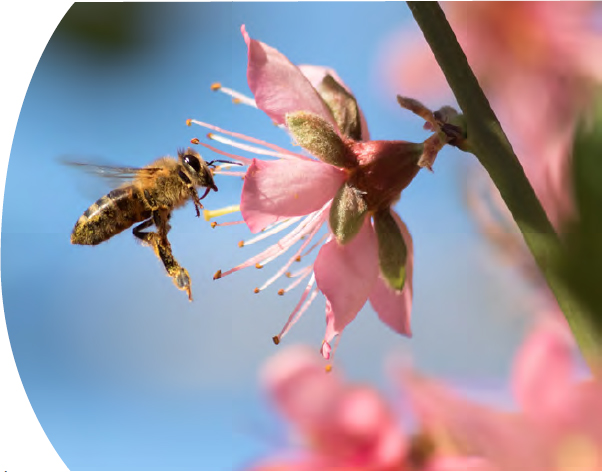
Biodiversity Protects Our Health
Healthy, diverse ecosystems support healthy people. Disruptions to our relationship with nature and our deep connections to it can have surprising consequences: Scientists in Helsinki have linked a startling rise in respiratory, autoimmune, and other diseases to a lack of exposure to the microbes with which humans evolved.29 Green space in cities is vital for providing recreational opportunities and respite from urban heat island effects. Biodiversity also provides medicines that heal and sustain us.30 An estimated 4 billion people rely primarily on natural medicines.31 For those who depend on drugstores for their medicines, about one-quarter of those drugs were originally derived, or are still obtained, from plants and another one-quarter from bacteria and other microorganisms. For example, the aspirin in your medicine cabinet derives its active ingredient from compounds in the willow tree, used for its medicinal benefits for thousands of years.32 Recently, scientists found numerous antibiotic compounds in bacteria, including some that could help fight antibiotic- resistant infections.33 Just think what other useful compounds we may discover!
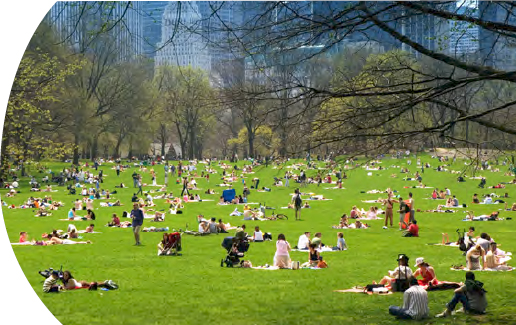
Biodiversity Supports Our Economies
Biodiversity forms a living infrastructure on which much of our economic activity is based. Plants hold soil in place and buffer the effects of extreme weather events such as cyclones and floods, stabilizing the land that we depend on for our homes and farms. Trees and other plants absorb carbon dioxide from the atmosphere, helping to mitigate climate change34 and the detrimental impacts climate change has on our cities and industries. Fisheries and aquaculture are not only important sources of nutrition but also vital economic engines for coastal communities. And the desire to explore nature’s wonders drives recreation and tourism in many places around the world. It has been estimated that the overall value of ecosystem services to human well-being equates to more than double the global gross domestic product.35 Other scientists have calculated the value of ecosystems or individual species by estimating the cost of the infrastructure that would be needed in their absence—such as the cost of building another water treatment plant if a natural wetland was not there to help filter contaminants.36 Although attempts to estimate the economic value of benefits from functioning ecosystems can provide useful perspective, the true value ecosystems provide in supporting human endeavors—and more importantly, life itself—is essentially incalculable.
